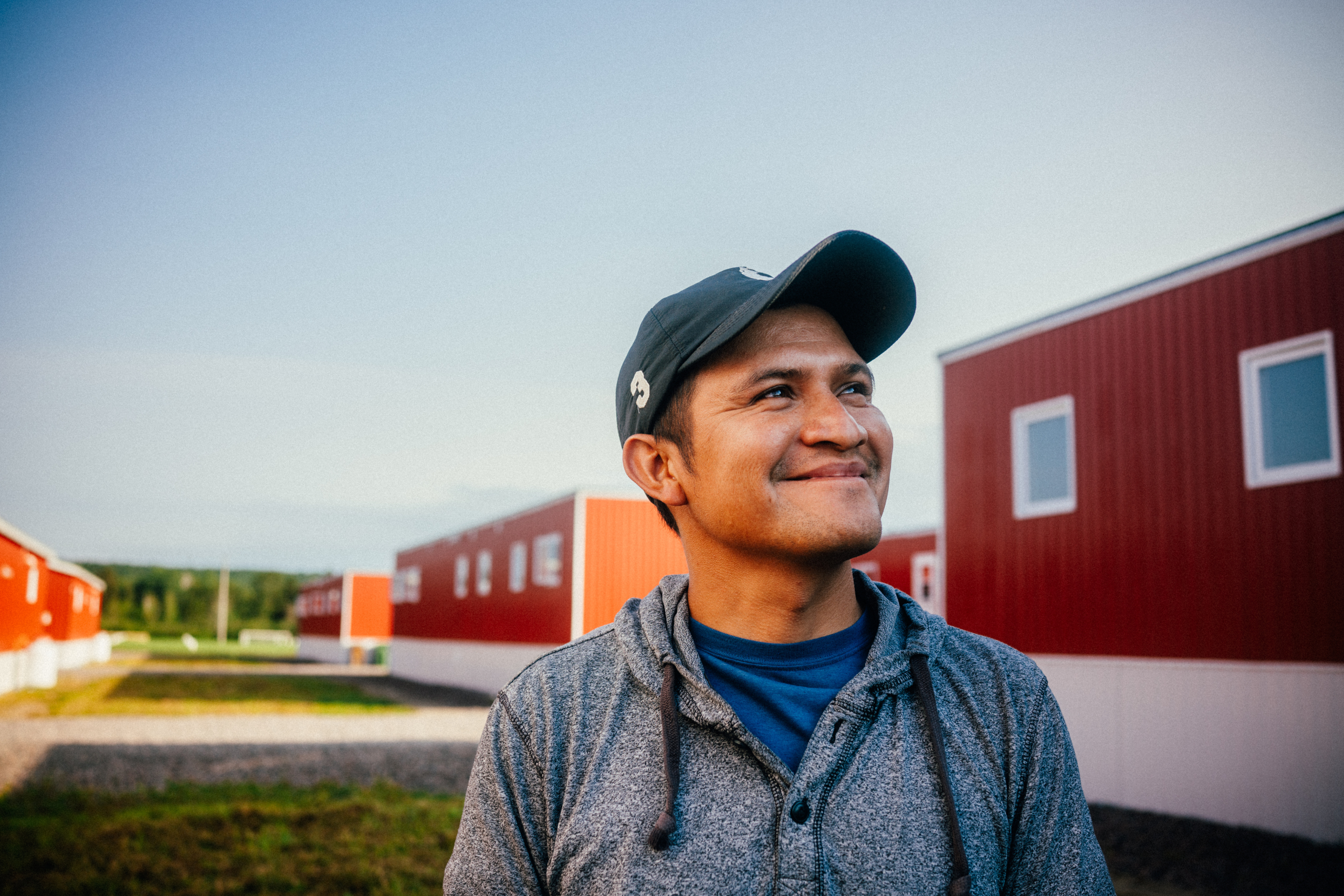SUSTAINABILITY
Continuously adopting sustainable agricultural practices, our way of innovating.
OUR APPROACH
We are consistently innovating to adopt more responsible practices, such as tunnel and field cultivation using optimized methods. Every day, we seek innovative solutions to achieve a balance between productivity, environmental respect, and human well-being.
We’ve chosen to embrace the agricultural model of tomorrow, today.
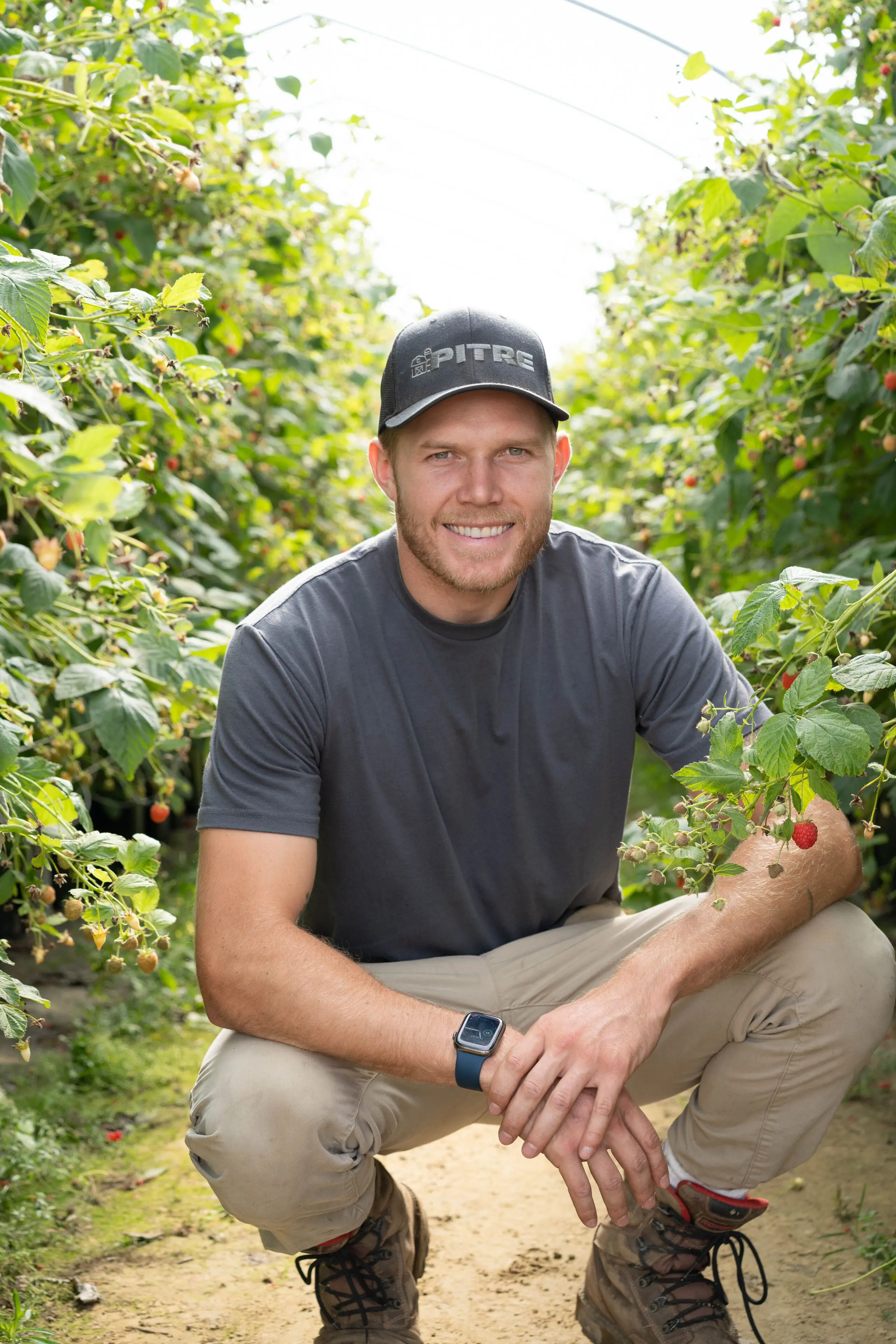
«We’re new to the industry, and we aim to be in it for the long term. To do so, there are sustainable ways of doing things that will allow us to endure over time. Every decision we make is focused on ensuring not only the company’s sustainability but also that of our ecosystem.»
SOILLESS CULTIVATION UNDER COVER
An innovative, cutting-edge solution
With a three-season structure covering several dozen hectares at our farm, we are confident that this method offers a more resilient approach to climate change. Our goal is to gradually expand our soilless cultivation area to lessen our environmental impact while enhancing productivity. Each tunnel is equipped with its own integrated irrigation system, which distributes water and nutrients efficiently. Thanks to technology, we can manage resources wisely, providing each plant with exactly what it needs to produce high-quality berries.
Discover our crops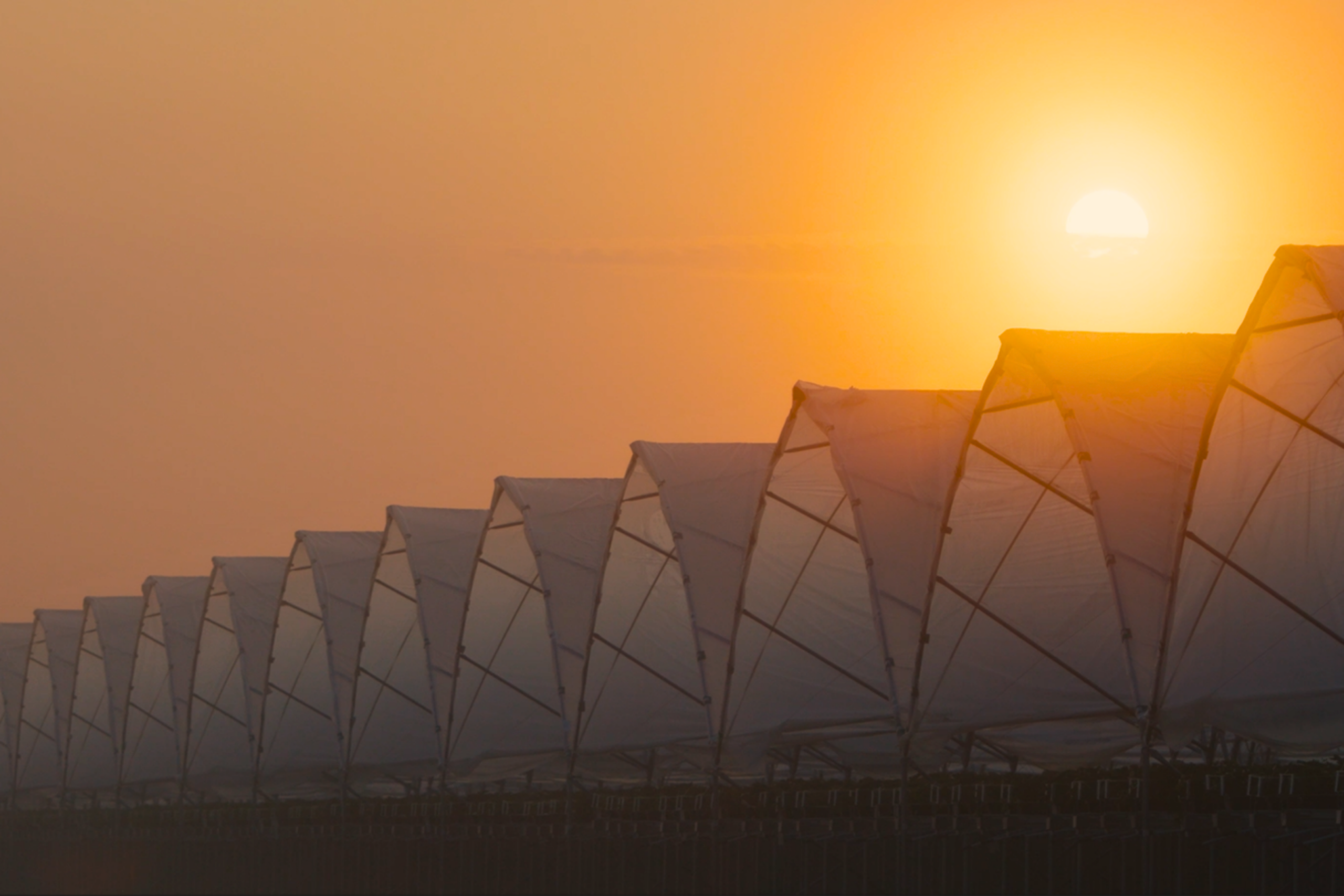
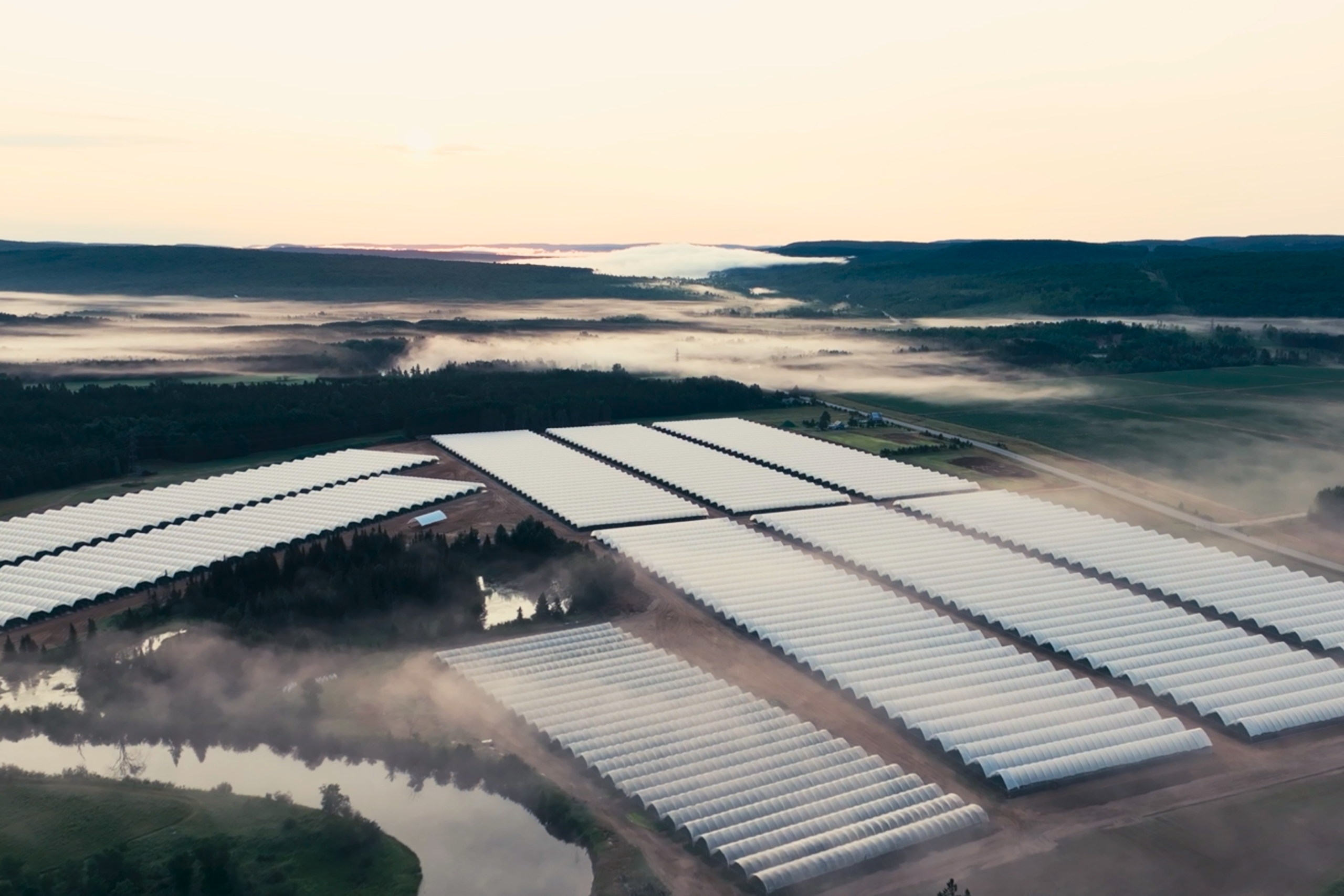
Advantages of soilless cultivation under cover
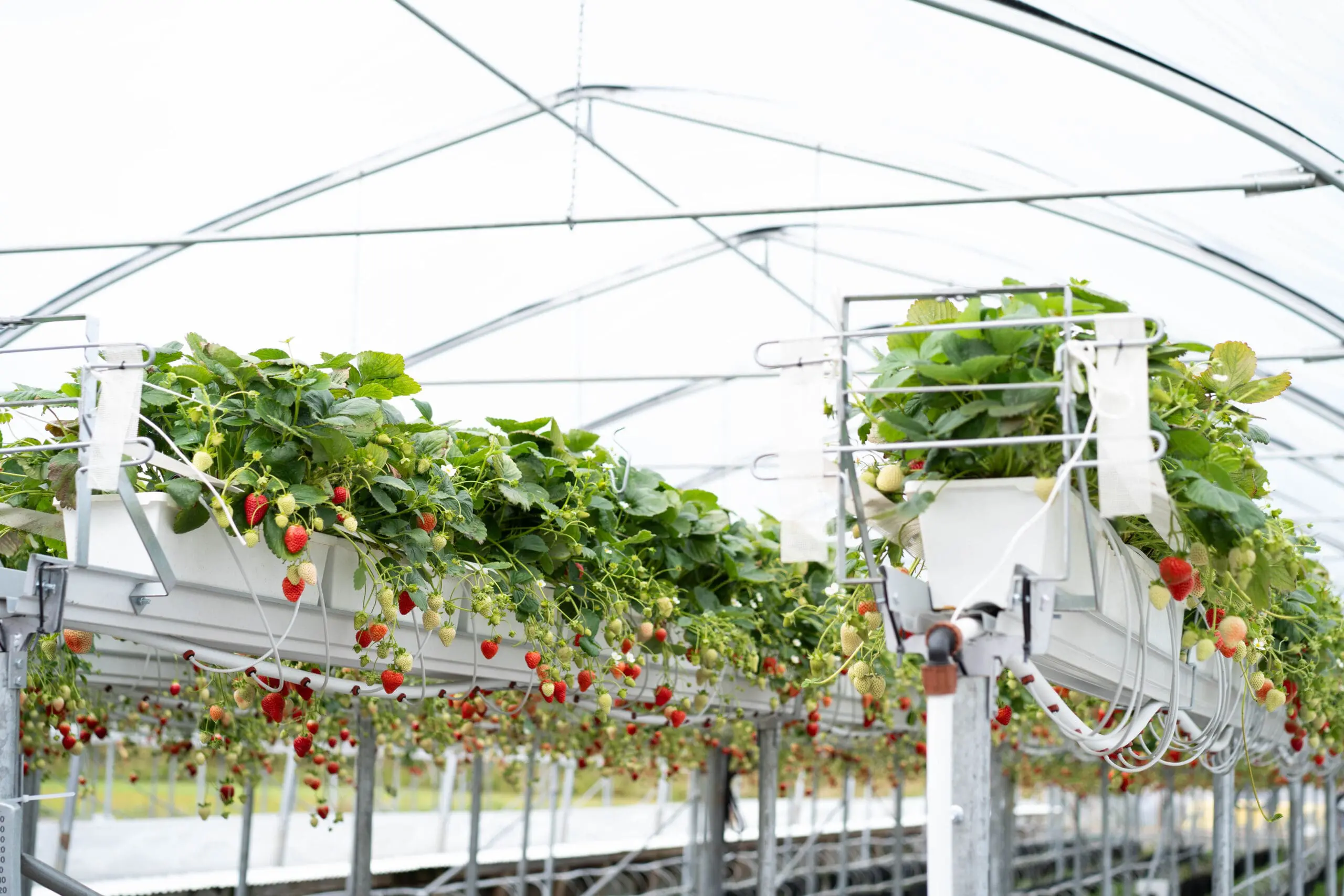
Protection from bad weather and pests
Sheltered from climate change, several pests, and diseases, our plants and berries receive greater protection than they would in open fields. Grown in a controlled, cutting-edge environment, they experience less daily stress and receive the perfect balance of fertilizer and water to reach their full potential.
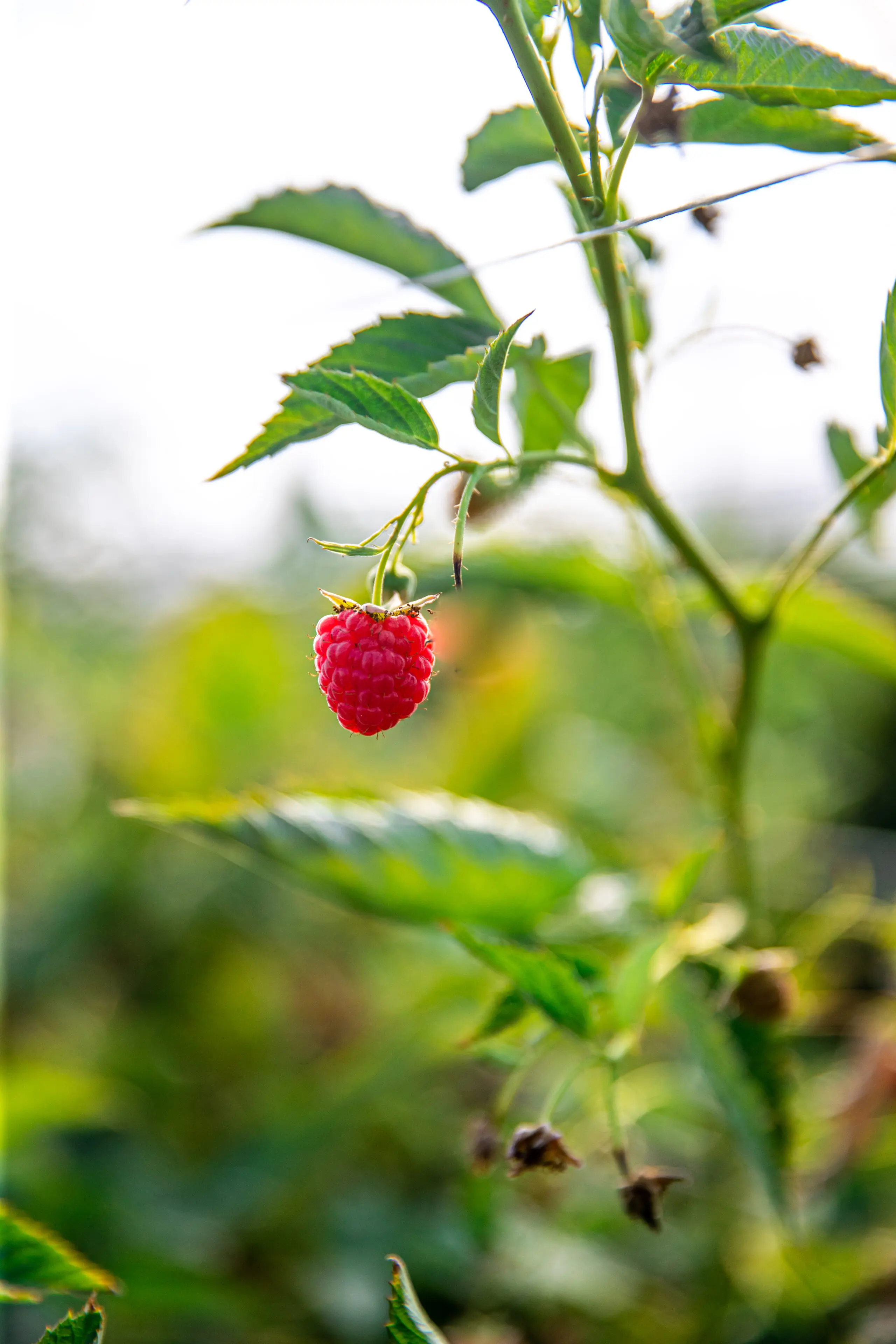
Reducing the use of phytosanitary products
By controlling part of the environment and protecting plants, we can better prevent certain diseases and pests. This method allows us to reduce the use of phytosanitary products, benefiting the overall ecosystem.
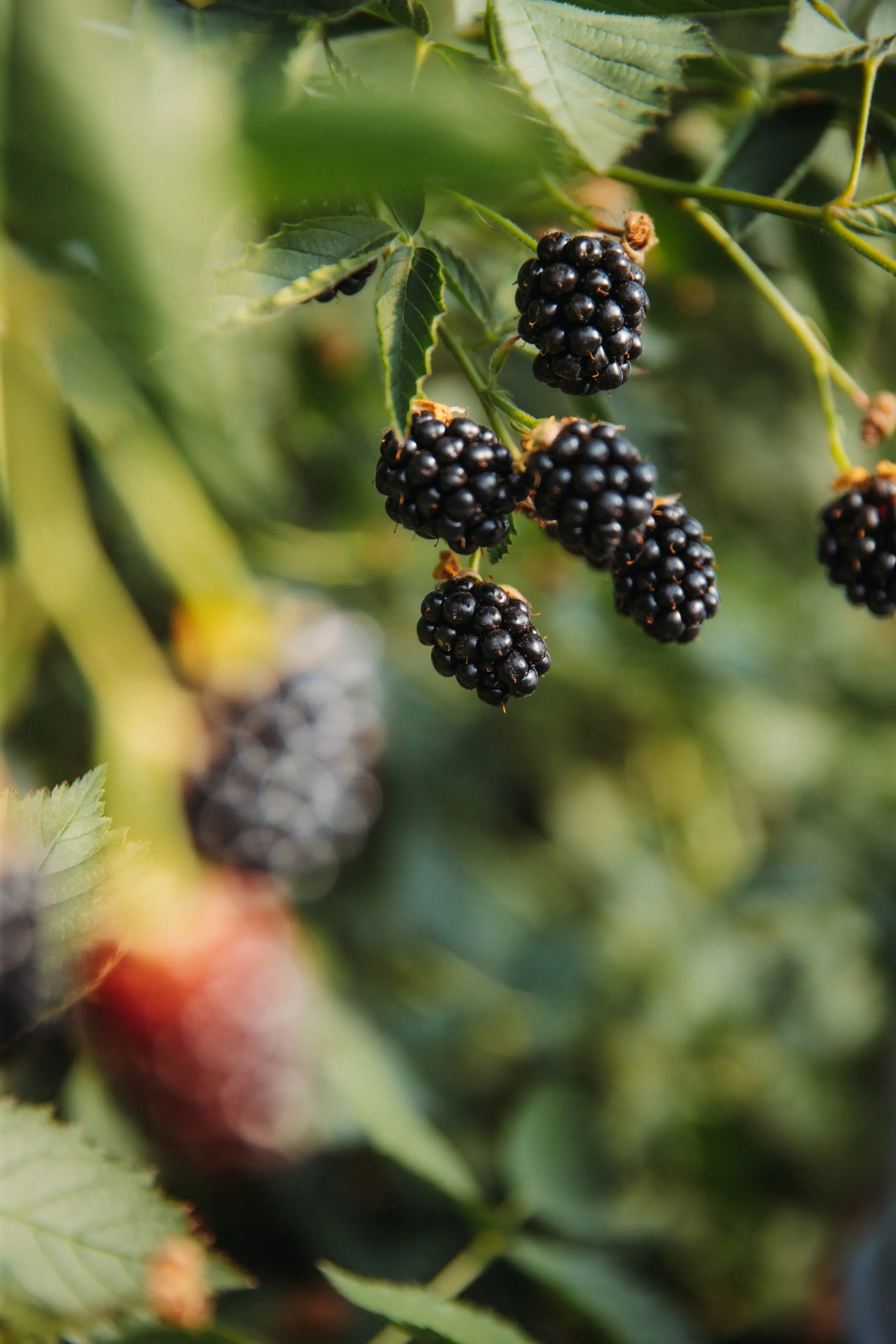
Increased yield from the same area
By maximizing production on the same land, we can reduce our ecological footprint by using resources more efficiently while feeding more individuals.

Easy harvesting process
This system allows workers to pick most of the fruit without bending over. This enhances comfort and makes the work easier, as the fruit is more accessible.

Reduced use of heavy machinery
Unlike traditional field cultivation, many tasks in tunnels are performed manually, which eliminates the need for heavy machinery. This significantly reduces fuel consumption and helps lower our CO2 emissions.
FIELD CULTIVATION
Traditional methods rethought and optimized with innovative techniques and tools
Our approach is based on the continuous improvement of our methods through the adoption of responsible and high-performing agro-environmental practices.
Our innovative field cultivation techniques
Crop rotation
To ensure the sustainability of our land and maintain healthy soil, we implement a crop rotation cycle every 2 to 4 years. In the years when berries are not grown, we use green manures and rotational crops to break the cycle of diseases specific to the berry family. Green manure involves sowing crops that grow throughout the season and then tilling them back into the soil to enrich our land.
Intercropping
Beneficial for soil health, we plant fall rye between the rows of strawberries to significantly reduce soil contamination by various pests and prevent soil from spreading onto the fruit during heavy rains. Intercropping also naturally suppresses weeds between the rows.
Raised beds
Planting ridges that are wider and higher than conventional ones offers several advantages, including improved spacing and aeration between plants, which reduces the risk of fungal diseases. The increased height of our beds minimizes the risk of soil contamination by limiting soil splashes onto the plants during heavy rainfall.
Efficient and ergonomic harvesting
We’ve developed harvesting aids to make picking easier. These aids protect workers from the sun and rain, improve ergonomics, and simplify the harvesting process. As they move at a very low speed, the team has the time needed to select ripe fruits while performing certain manual maintenance tasks.
Proactive approach and screening
We take a proactive approach by carefully screening for insects and diseases. For example, by removing overripe or less attractive fruit as we proceed—rather than leaving it between the rows or on the plants—we can prevent and control the development of diseases.
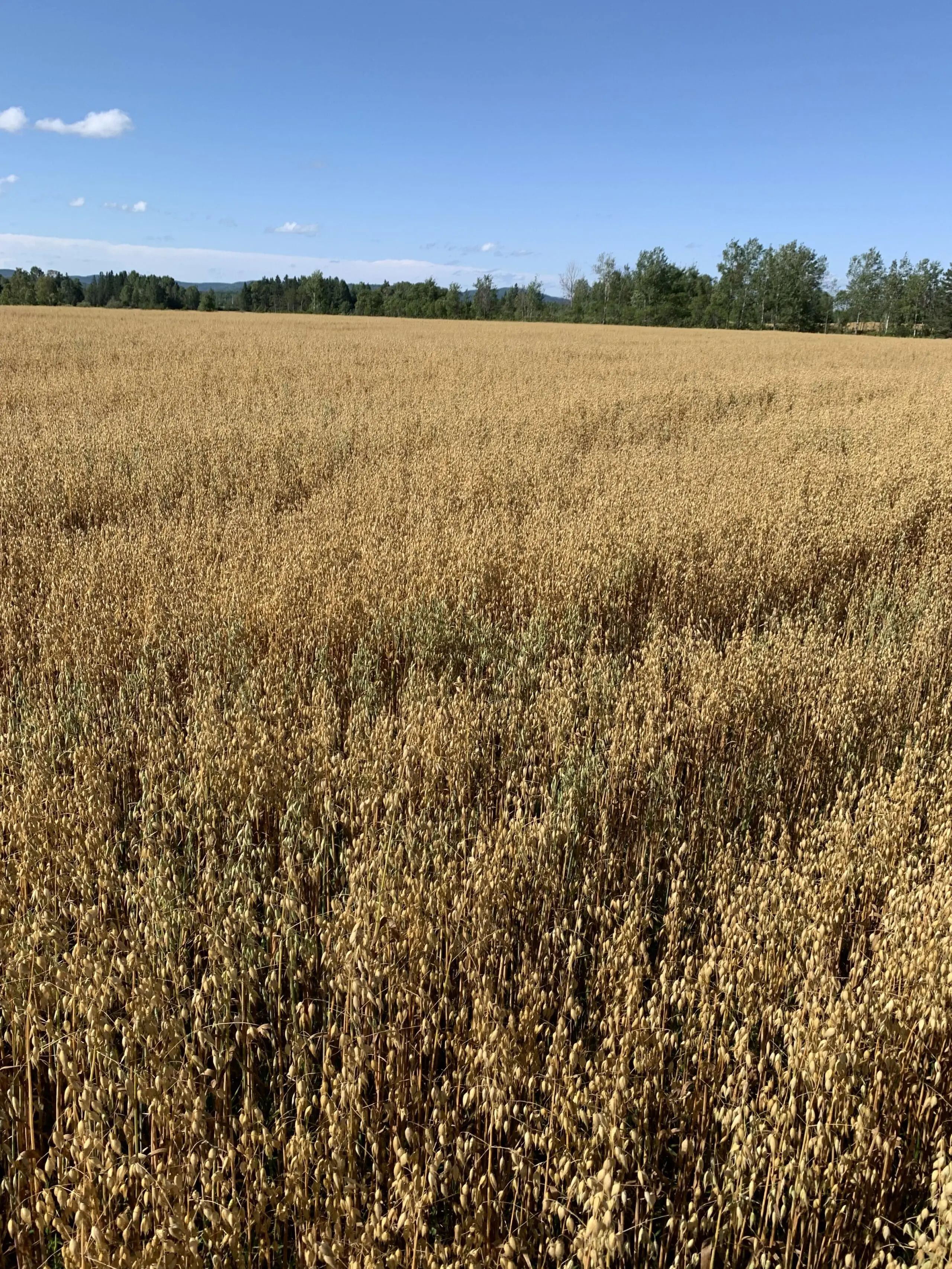
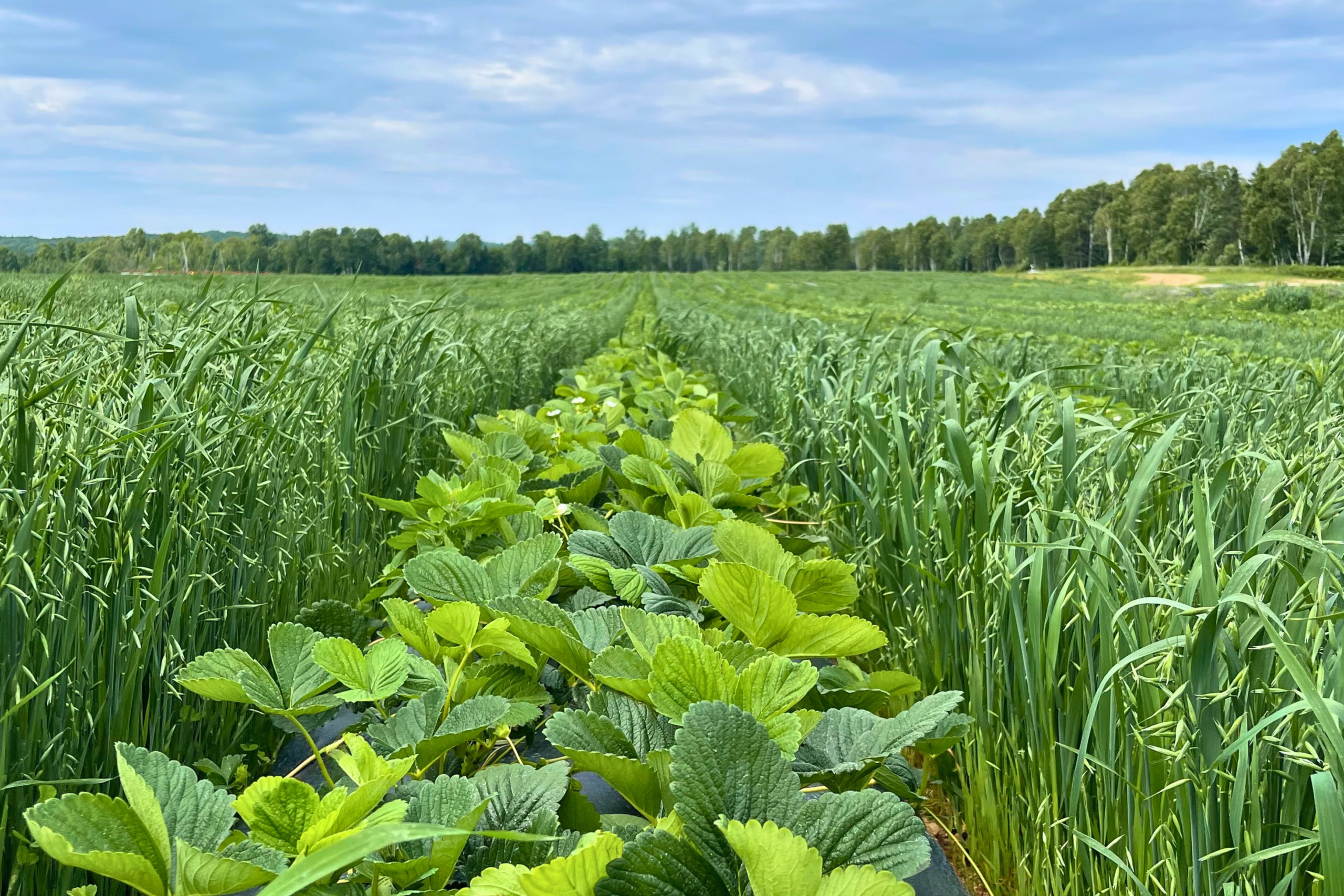

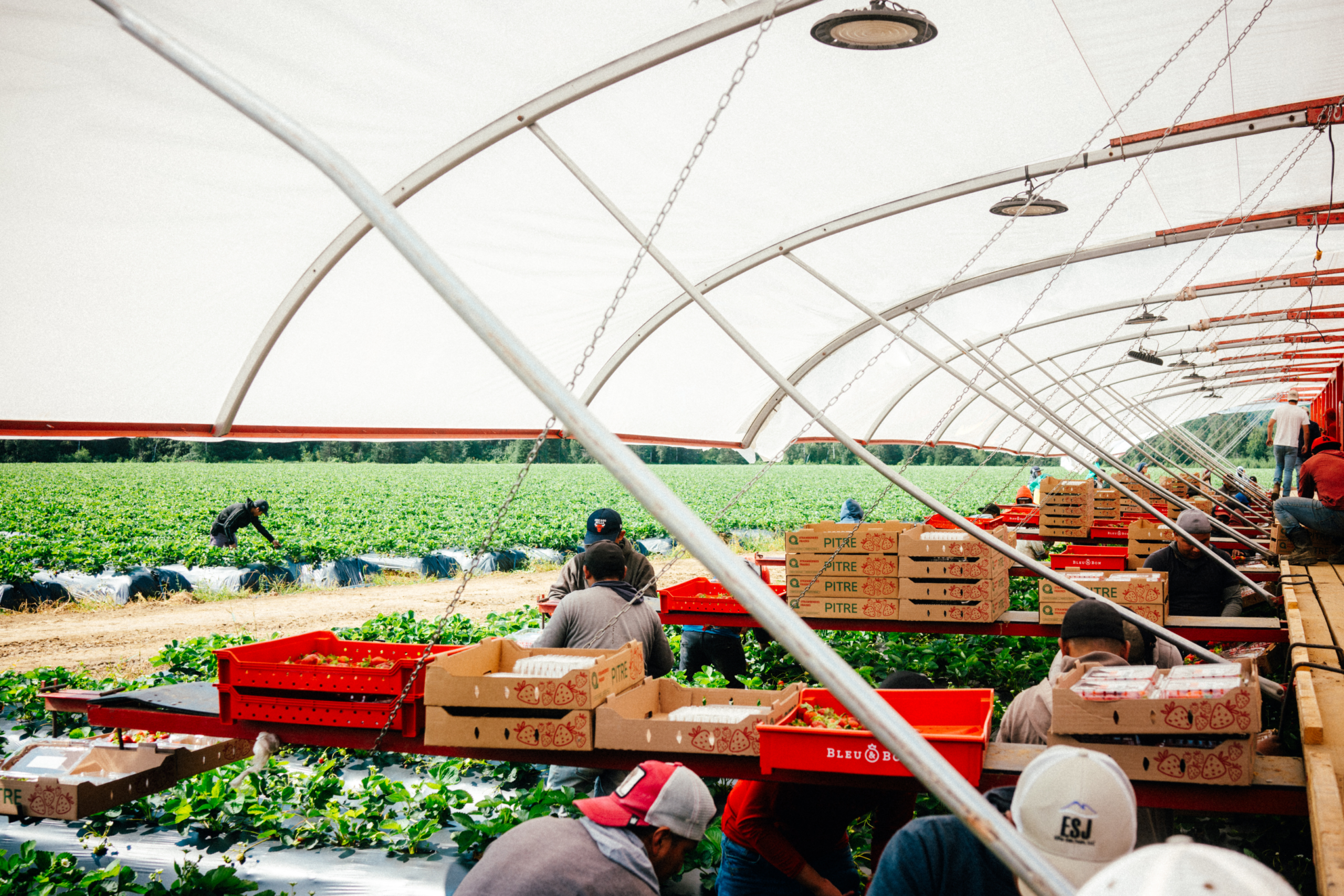
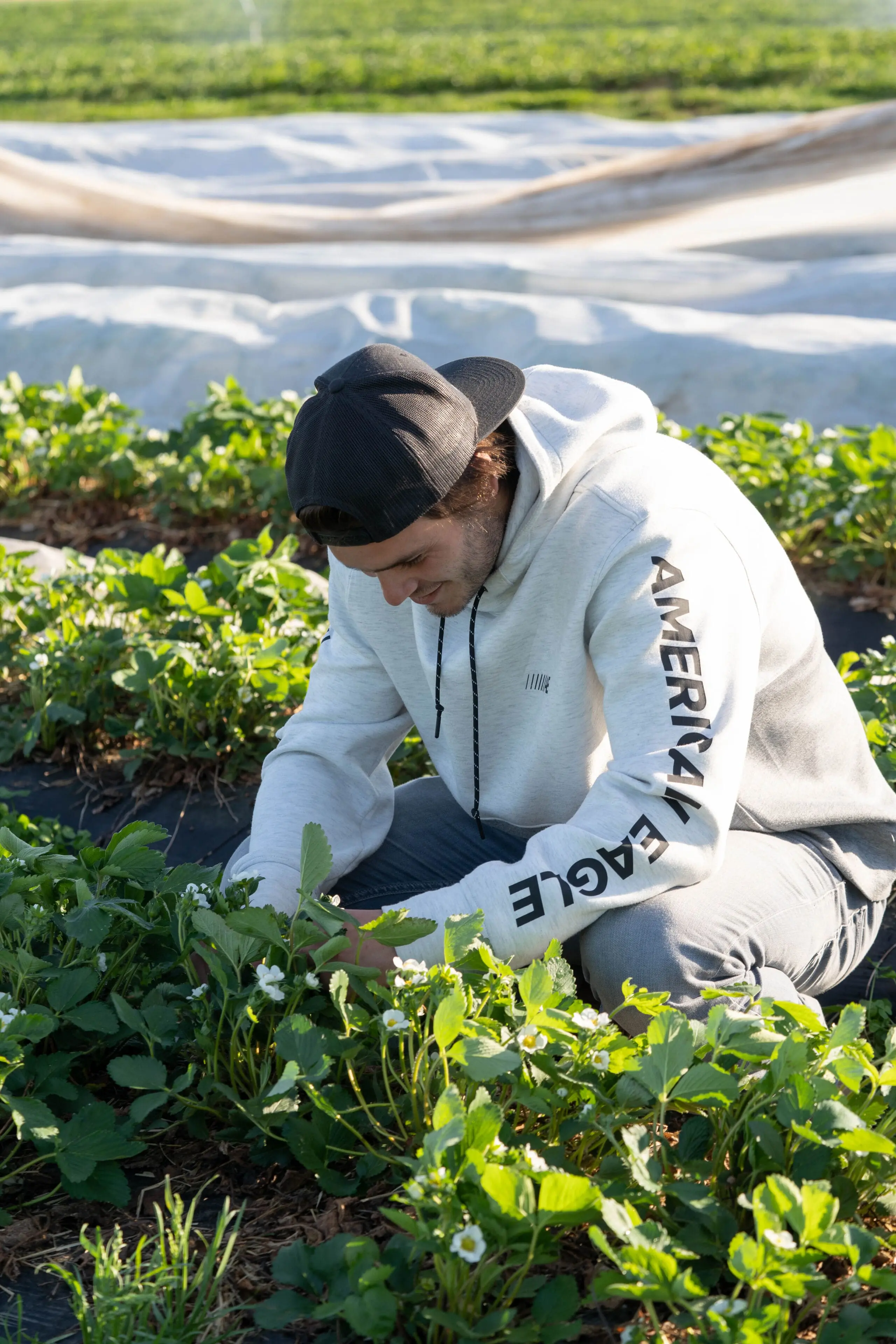
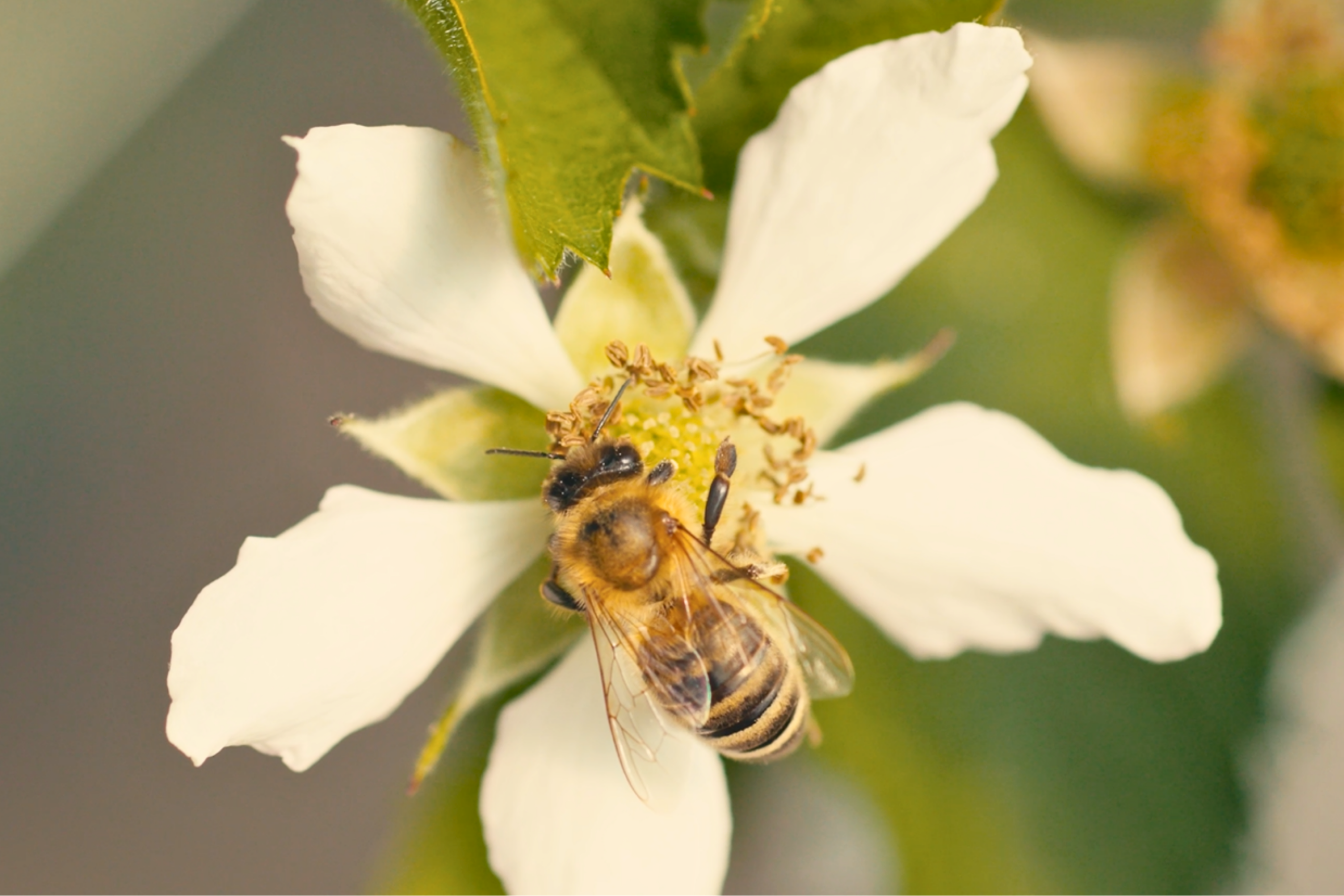
Protecting bees and pollinators
One of our greatest assets lies in our pollinators. In fact, we have around 300 beehives to support the pollination of our crops.
Each year, our bees play a crucial role in this process, leading to a significant increase in our yields. That’s why it’s so important for us to protect them as much as possible and promote dietary diversity through intercropping.
When we must apply plant protection products, we do so at night, when bees are asleep and away from the fields. By adopting more sustainable techniques, we can minimize the impact on the entire ecosystem, including our pollinators.
REDUCING FOOD WASTE
An integrated process at every stage of our production
We sort all our berries as they are picked. Top-quality berries are packed directly into sales-ready containers.
Surplus produce and berries with certain imperfections are set aside for freezing or processing.
That’s not all! To reduce the number of discarded fruits, we are constantly working to improve the quality of our fruit, as well as conducting meticulous harvesting on a regular basis.
Interested in tasting our frozen or processed berries? You’ll find them in many products from Bleu & Bon.
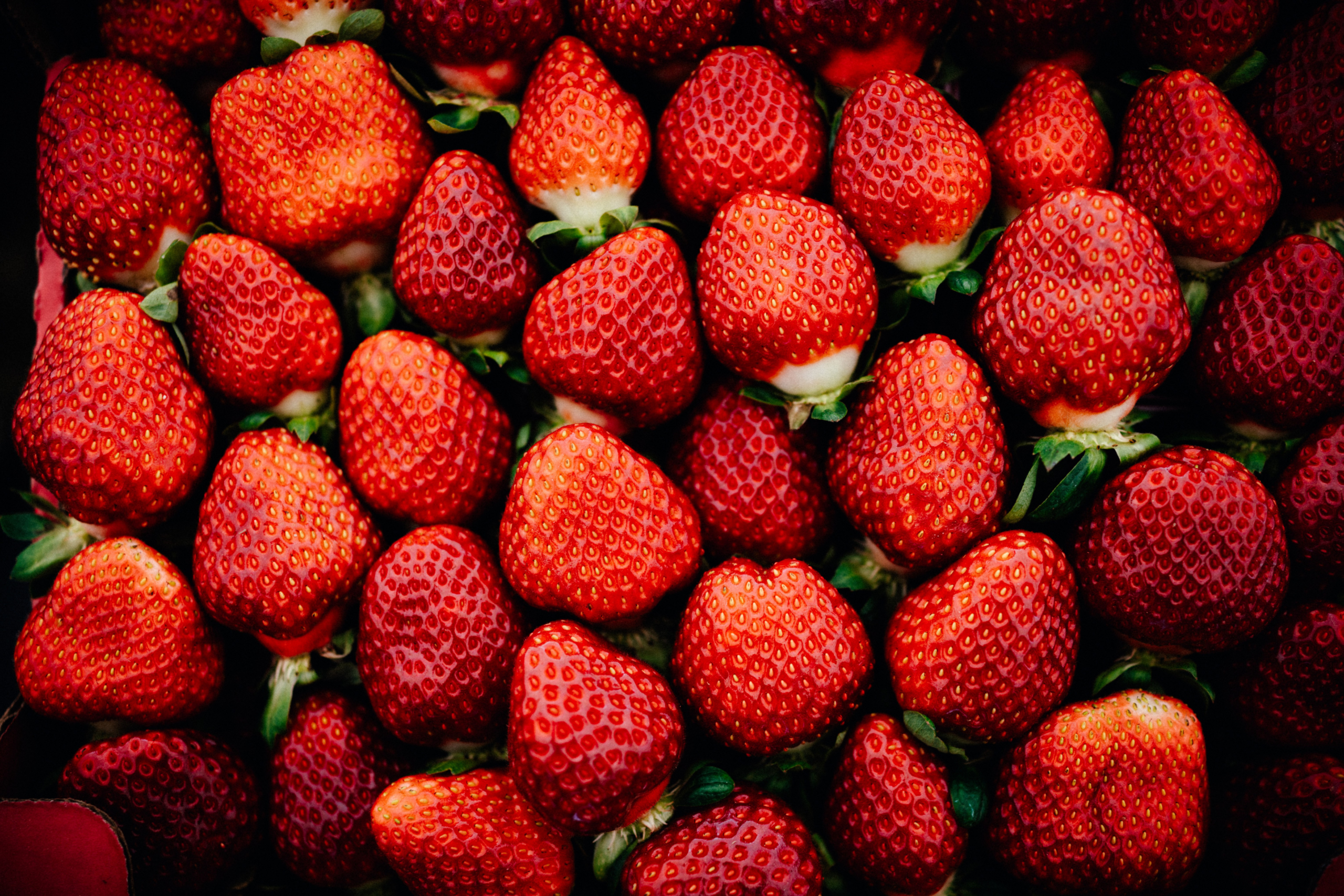
OUR SOCIAL COMMITMENT
2,500 kilograms of strawberries donated to Moisson Laurentides in 2024
Continually innovating to adopt sustainable practices also means giving back to our community! We're proud to support this goal by participating in the Nourrir l'Espoir program created by Moisson Laurentides.
FREQUENTLY ASKED QUESTIONS
Are your berries grown in tunnels or greenhouses?
Some of our fruits are grown above ground, sheltered from the elements in tunnels. As these are three-season structures without heating systems, they are called tunnels. Tunnels are used to extend the growing season and protect crops from bad weather.
Greenhouses, on the other hand, are permanent structures equipped with heating and ventilation systems that allow fruits and vegetables to be grown year-round.
Do you remove the polythene that covers your tunnels in winter?
Yes, we remove all polyethylene covers before winter and reinstall them in spring, as our installations are not designed to withstand the weight of snow. It is also a way for us to extend the lifespan of the covers, which will be reused for several years.
